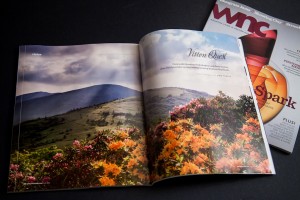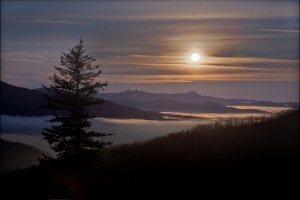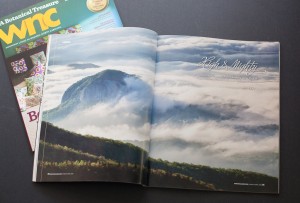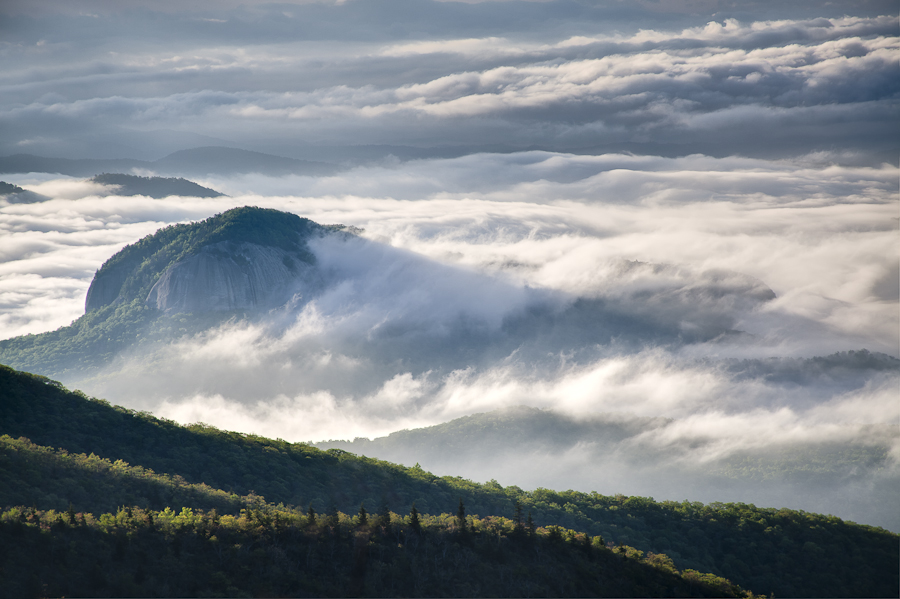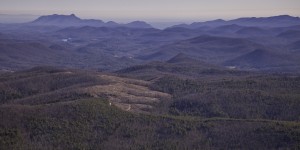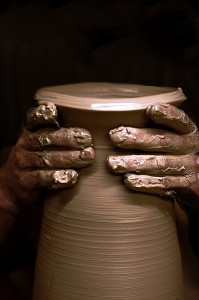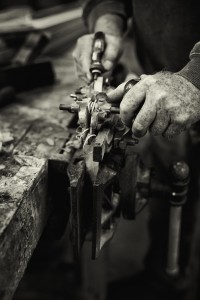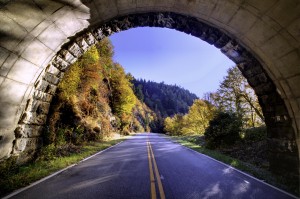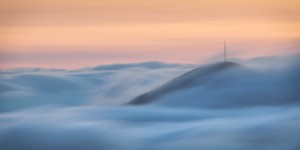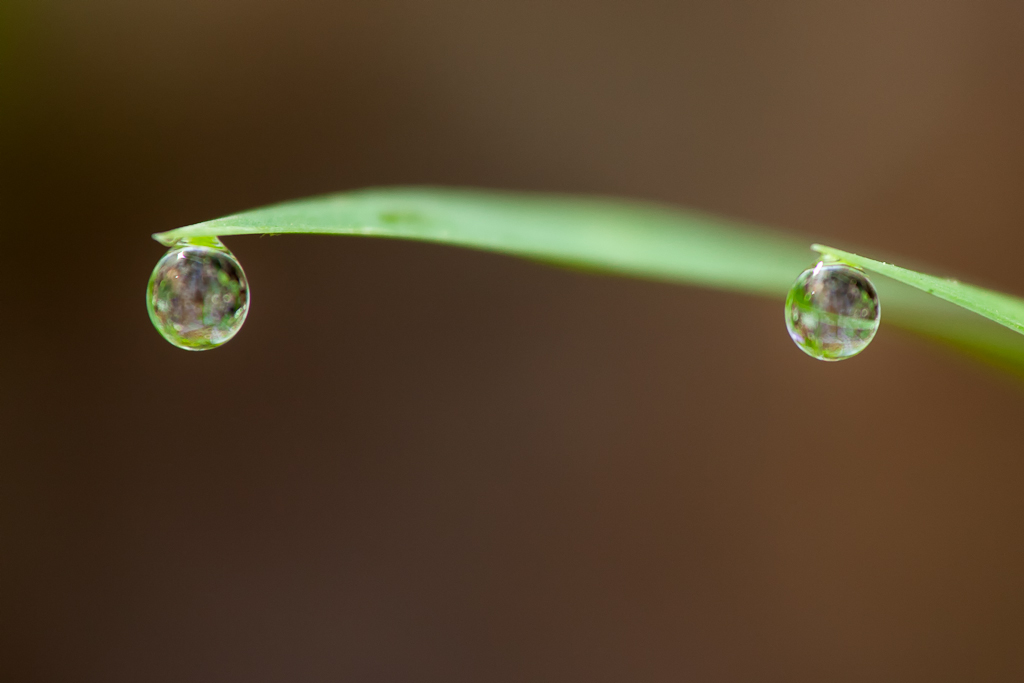
I kept my sensor parallel with these two droplets to make sure both were in focus
I think a lot of people try to take pictures of more than one object within the frame without really understanding how their gear works. They compose two or three flowers in the picture, for example, then are disappointed when one or more of the subjects are fuzzy (out of focus). A lot of the time, they are choosing a shallow depth of field for the benefit of a bokeh background. Under certain circumstances, this just makes the problems worse, not better, and the frustrated photographer is left scratching his (her) head.
One common mistake is not keeping the subject(s) parallel to the sensor in your camera. This creates depth of field errors where some of the subject(s) are outside, or beyond the plane of focus. Sure, you can increase the Aperture value (smaller aperture, larger f/number), but how will you know that everything is really sharp until you get the images downloaded on your computer? Viewing the LCD on the back of the camera is helpful, but not foolproof, especially in the field with varying light conditions!
The best way to make sure your gear is set up is to just check that the subjects are parallel with the back of your camera. Your sensor’s in there, and if the back is positioned correctly, then so is your sensor.
Keep it parallel to keep it sharp!
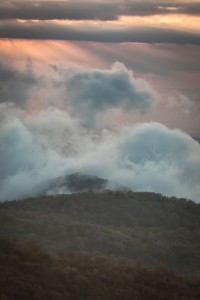 1. Pick 50 or so or your best images.
1. Pick 50 or so or your best images.





